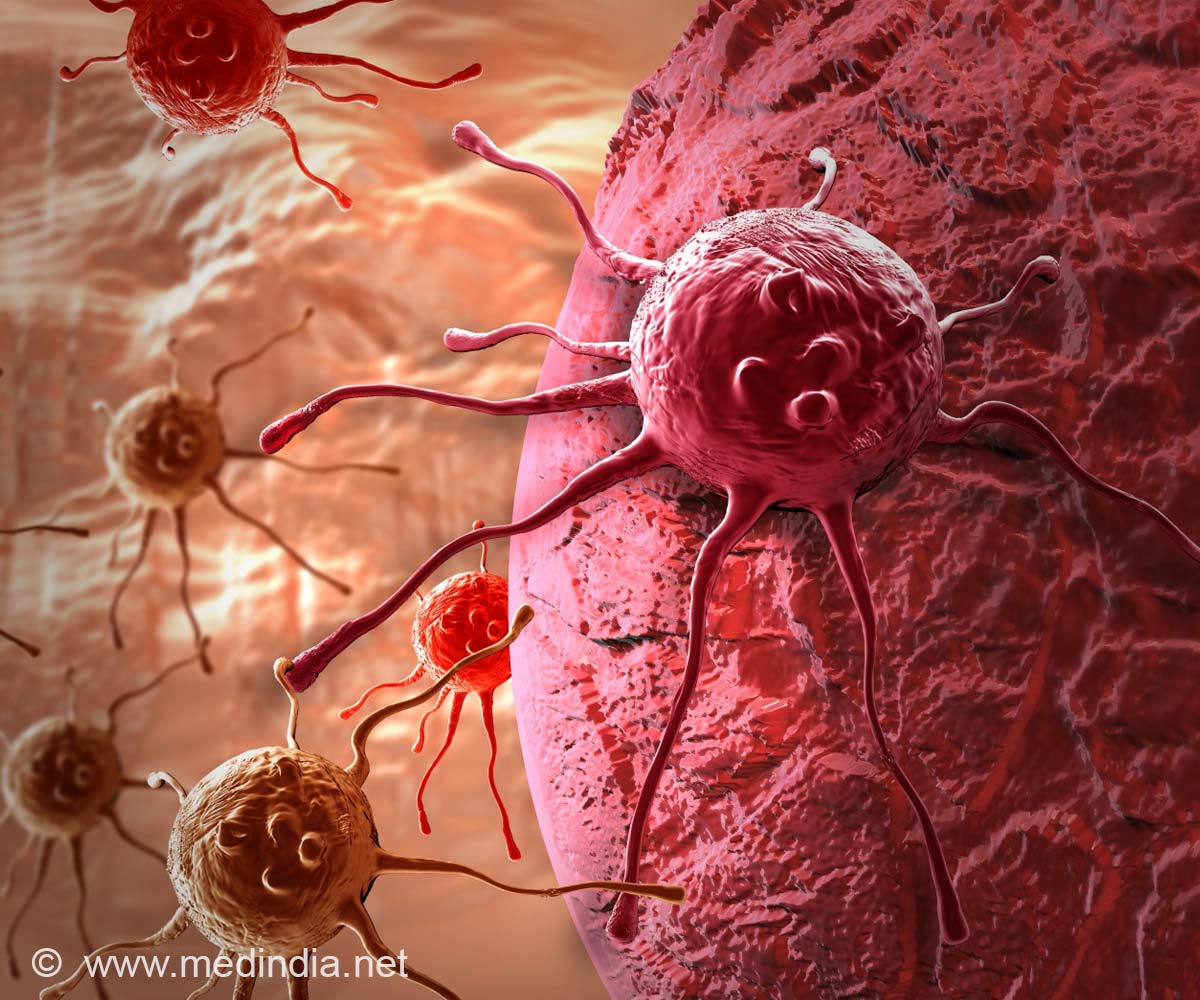New research explains how metastatic breast cancer cells might use bone marrow-derived mesenchymal stem cells (MSCs) to help them spread to bone tissue.

‘Breast tumor-derived factors can promote the maturation of mesenchymal stem cells (MSCs) into bone cells, and that mechanical compression of the scaffold further stimulates bone development.’





Maureen Lynch, Claudia Fischbach, and coauthors from Cornell
University (Ithaca, NY) and University of Massachusetts Amherst used a
mineral-containing 3D scaffold as an in vitro model to study whether
factors such as breast tumor-derived compounds and mechanical
stimulation within the bone microenvironment affect the interactions
between metastatic cancer cells and bone.Understanding and intervening in these interactions could have clinical implications for the nearly 75% of patients with advanced breast cancer in whom incurable skeletal metastatic disease develops.
The article entitled "Three-Dimensional Mechanical Loading Modulates the Osteogenic Response of Mesenchymal Stem Cells to Tumor-Derived Soluble Signals" describes the composition of the scaffold, the study design, and how this model can be used to evaluate the role of certain physical cues on bone metastatic breast cancer.
"The article reports a very exciting study leveraging a tissue-engineered tumor model for controlled interrogation of tumor-bone interactions with enormous implications for the development of new therapeutics" says Co-Editor-in-Chief Antonios G. Mikos, Louis Calder Professor at Rice University, Houston, TX.
Source-Eurekalert















